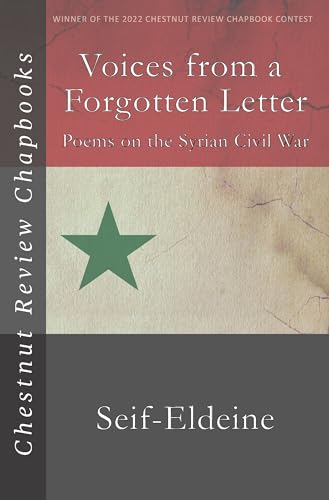ABOUT THE BOOK
The Hunger Games, Catching Fire, and Mockingjay, the three books that comprise The Hunger Games Trilogy, have more than 26 million copies in print, topping bestseller lists, and have captured the nation’s attention. Catching Fire, the eagerly awaited sequel to Suzanne Collins’ 2008, The Hunger Games, was published September 1, 2009, with an initial printing of 350,000 books. There are now more than 750,000 copies of Catching Fire in print. With the release of the movie version of The Hunger Games, and the forthcoming movie adaptation of both Catching Fire and Mockingjay, the cultural relevance of these books is poised to skyrocket.
What many people do not know about The Hunger Games books is that the series comes from a long line of ancestors. While other dystopias like 1984 andFarenheit 451 may immediately spring to mind, there are other, older works which served as an inspiration for the series. Suzanne Collins cites the Greek myth, Theseus and the Minotaur, and the story of Spartacus as influencing her stories. The actual idea for the Hunger Games trilogy came to Collins as she flipped channels between reality TV and actual coverage of the war in Afghanistan. That tension, the line between what is seen on screen and what is real, is clear throughout the series.
The Hunger Games books are the third children’s, and second YA (young adult) book series in recent years to capture a large child, teen, and adult audience (with the Harry Potter series and the Twilight quartet preceding). To understand the wide appeal of the Hunger Games books, we can look the issues the books grapple with. Ignoring the conventions of what topics are appropriate in children’s literature, Collins’ trilogy examines taboo subjects like the ethics of war, PTSD (Posttraumatic Stress Disorder), extreme poverty, starvation, and systematic oppression. Collins’ does not flinch from exploring these issues with her audience and that openness that has brought the books an impressively diverse readership.
EXCERPT FROM THE BOOK
When I hear the screams of the crowd, I think it’s because I must look stunning. Then I notice something is rising up around me. Smoke. From fire. Not the flickery stuff I wore last year in the chariot, but something much more real that devours my dress... For a split second I’m gasping, completely engulfed in the strange flames. Then all at once, the fire is gone... I’m in a dress of the exact design of my wedding dress, only it’s the color of coal and made of tiny feathers... except for the white patches on my sleeves. Or should I say my wings. Because Cinna has turned me into a mockingjay.The Mockingjay: by far the most weighty theme on the Hunger Games trilogy. The symbol of a mockingjay first comes into play early on in The Hunger Games when Madge gives Katniss a mockingjay pin that we later learn was worn by her aunt who died in the Hunger Games in which Haymitch was the victor. At the end of the Hunger Games, when Katniss defies the Capitol by making them believe they will both commit suicide by eating poison berries rather than kill each other, Katniss, and her pin in turn, become symbols of resistance. In Catching Fire, we see the mockingjay as a hologram on a pocket watch, stamped into a wafer, and on Peeta’s locket. While it is obvious that in the Capitol the mockingjay is being worn as a fashion statement, in the Districts it is the symbol of rebellion. By the end of Catching Fire, Katniss releases this, even if she has not accepted her role in the resistance. This author counted the word “mockingjay” mentioned at least 25 times in Catching Fire alone...
...buy the book to continue reading!


